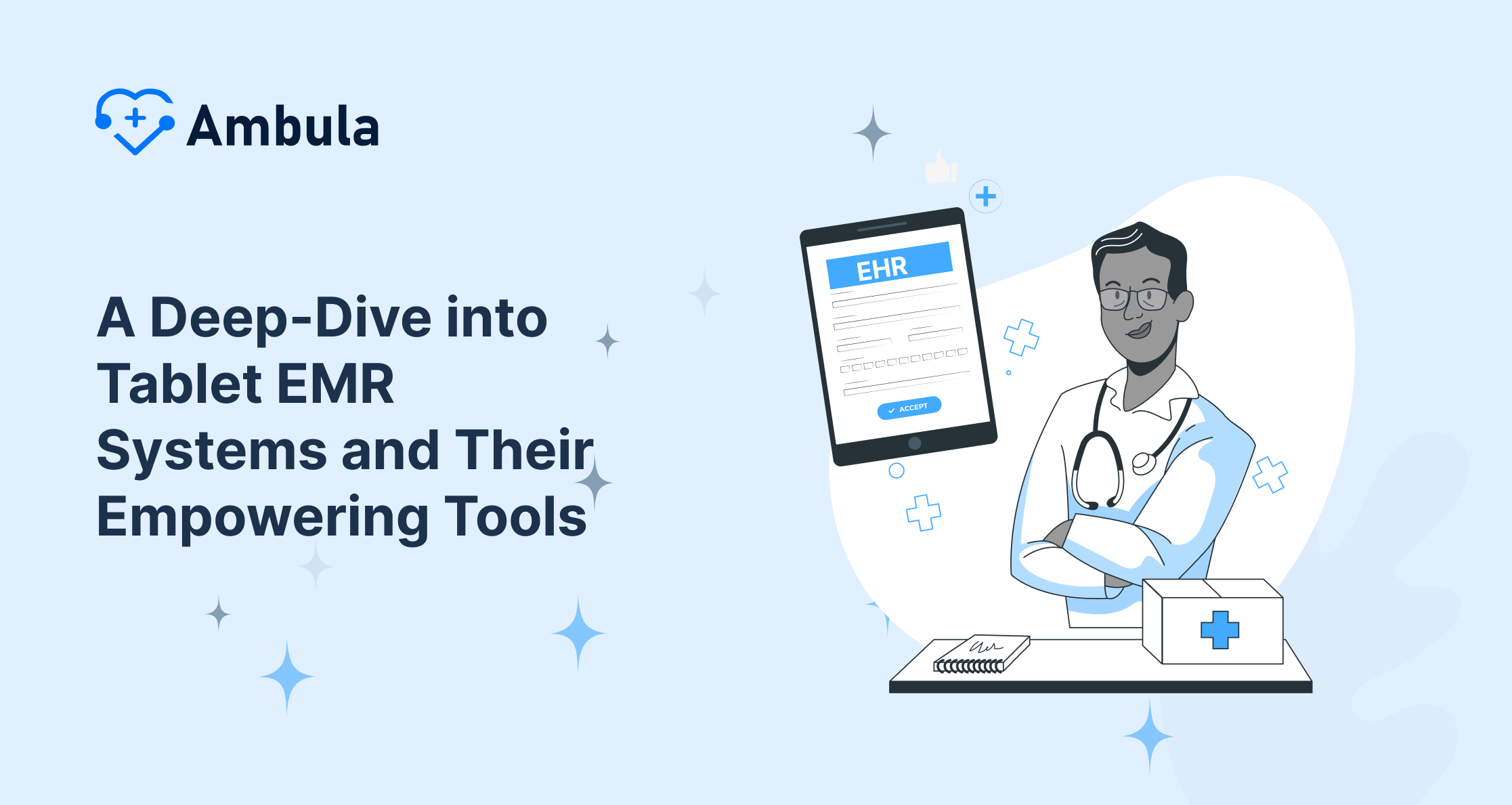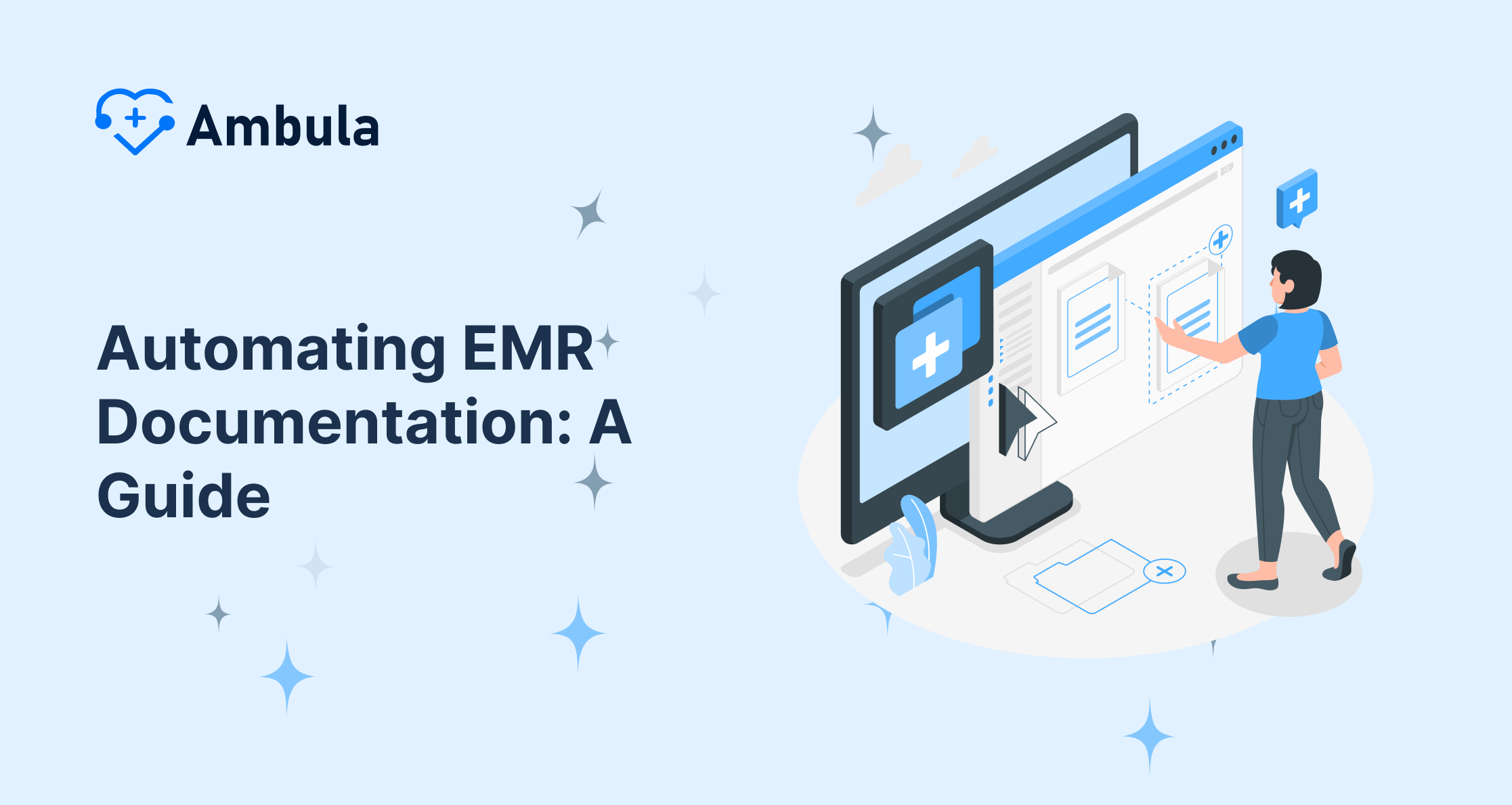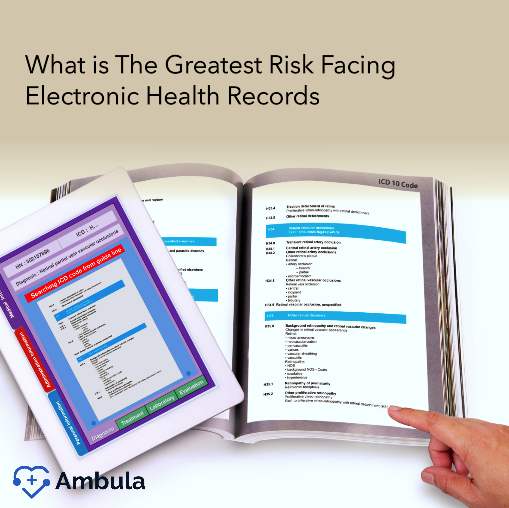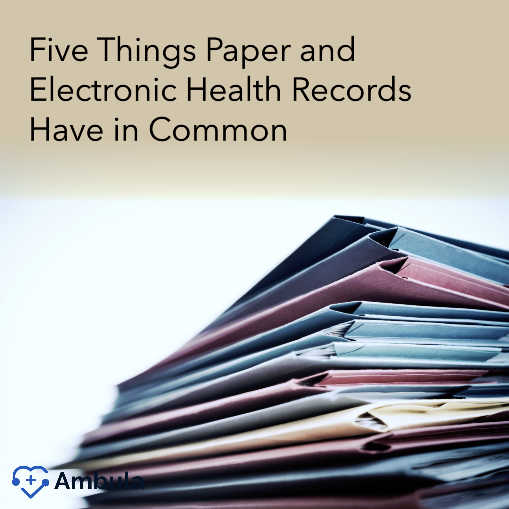Find out how do EMRs benefit population health management to better learn the software’s added value before purchase. It is well-known that EMRs enhance health outcomes in based care when it comes to population health. In fact, when you collect and manage data electronically you improve reporting. Moreover, surveillance and disease prevention become easier to achieve. In addition, you’ve got the communication expansion going on between public health officials and providers. Let’s begin right from the start.
What is population health management?
To start with, what is population health management? And most importantly, how do EMRs benefit population health management?
By the end of the last century, strategies that improve health used expressions like promoting health. The vocabulary expanded to emphasize health and well-being together. Nowadays, the expression “population health” conveys a wider way to conceive health. Instead of saying public health, using population health avoids assigning the responsibility to public health alone. Population health creates a collective responsibility including several organizations besides public health specialists.
A narrower intent
On the other hand, we widely use ‘population health management in a narrower intent. Population health management is a reference to means of bringing together data related to health. Consequently, identifying groups of individuals that health care prioritizes. For example, this data helps identify those who use accident and emergency departments frequently. The process is called ‘population segmentation. No matter how we put it, one part is most essential. The importance of reducing inequalities in healthcare and improving it. For a summary, we can define population health as follows.
It is a way to improve health within a population. It is an approach to improve mental and physical health outcomes and the well-being of individuals. Being in a certain local, regional, or national context. In parallel, reducing inequalities in health. Thus, ill-health becomes reduced, appropriate health services turn out to be enhanced. Of course, this requires collaborating with partner agencies and communities.
Check out these articles after you’re done
Factors improving population health
The factors improving population health are as many as those that shape our health. Do they contribute to how EMRs benefit population health management?
Evidently, the most impact comes from wider factors. By order, the widest are general socio-economic, cultural and environmental conditions. Followed by social determinants and community networks then by individual lifestyle factors. Finally, it all ends with sex, age and constitutional factors. As for the four pillars of population health, they include:
- The wider determinants of health
- Lifestyles and behaviors
- Integrated care and health systems
- Where we live in terms in locations and communities
To improve population health, we must cover all four areas and their interfaces.
EMRs support population health management.
EMRs support population health management, but how do EMRs benefit population health management?
EMR, electronic medical record, claims data being a centralized software ingesting and synthesizing data from health care and others. You can uncover full patient data based on unstructured information like procedure notes, discharge summaries… Improving public and patient outcomes directly relates to what EMRs offer:
1- Better reporting and surveillance in public health: it becomes easier for your medical center to collect systematic and standardized data. Thus, your reporting capabilities improve. As a provider, you can transmit population and public data to officials. Directly, this happens through immunization registries and syndromic surveillance data submission. In addition to electronic laboratory reporting. When you have better and more data, you will prevent, monitor, and manage the disease.
2- Enhance your ability for prevent disease: you can offer more accurate healthcare and attend to the needs of your patients with EMRs. In addition, EMRs remind you when your patient needs immunizations. With EMRs, you can send reminders to your patients for follow-up and preventive patient care. Finally, as a provider, you will obtain access to clinical protocols.
3- Widen contact between public health officials and providers: when you use EMRs meaningfully, your organization expands its collaboration and communication. Reaching public health officials.
The advantages of EMRs
As a healthcare provider, the advantages of EMRs will transmit your practice to a whole new level. You will never store data, provide treatment or manage your finances the same way. In your clinic, you will:
- Save space: paper records take a lot of space; thus, digitalizing them will save you some area.
- Upgrade workflow: managing patients and keeping track of them is one of EMRs’ advantages.
- Diminish operational costs: EMRs lower operational costs because they keep records in one particular place.
- Communicate with other facilities: your clinic can interface with a lab, pharmacy, hospital or health system.
- Scale and customize patients’ records.
- Reach out to discrete populations by gathering data and analyzing it.
- Send reminders and alerts.
- The document leads to error reduction and care improvement.
- Support your research: your ability to document data digitally is a pillar for research.
- Prevent conflicting treatments.
- Make communication among your care team easier.
- Reduce duplicate tests to the point of becoming null.
- Be linked to other health data in registries.
Patient engagement and EMRs
To explain patient engagement and EMRs, we start by defining patient engagement. In healthcare, it is the active engagement of patients in collecting data and deciding.
Explicitly, these include decisions regarding treatment options, illnesses, and symptoms. With EMRs, you improve patients’ access to care.
1- Response rates are boosted by automated text messaging with immediate results.
2- When you schedule smartly, you fulfill openings in appointment slots.
3- With EMRs, you can manage referrals better.
4- You can create better patient experiences with easy intake.
All of these strategies are profitable for both patients and healthcare providers. In terms of the patient, it gives the same experience as what they expect. In terms of staff, they can save time by deleting manual entries. Also, EMRs are extremely helpful with chronic disease management. By definition, this is an integrated approach to managing sickness. And it includes check-ups, screenings, monitoring and coordination of treatment.
Patient education is key to developing a sustainable and efficient system that improves the overall quality of life.
Finally, managing the population with only human efforts is impossible. This is why digitizing makes things easier for all parties and provides a smart solution for workflows. The result is an improved patient due to excellent care management.
Do you have any questions? Do not hesitate to call the Ambula Healthcare team: (818) 308-4108! And now discover How does an EMR improve patient care!





